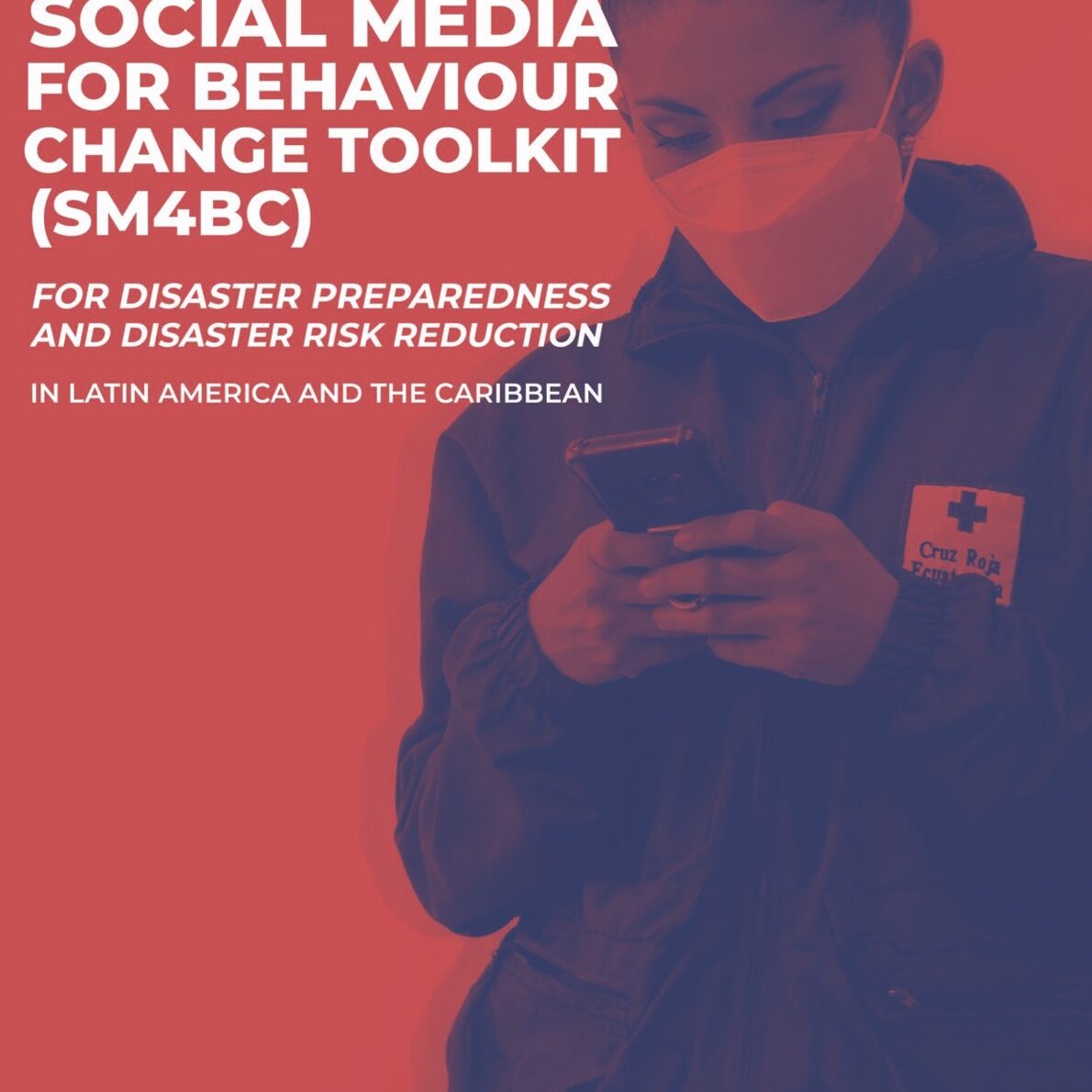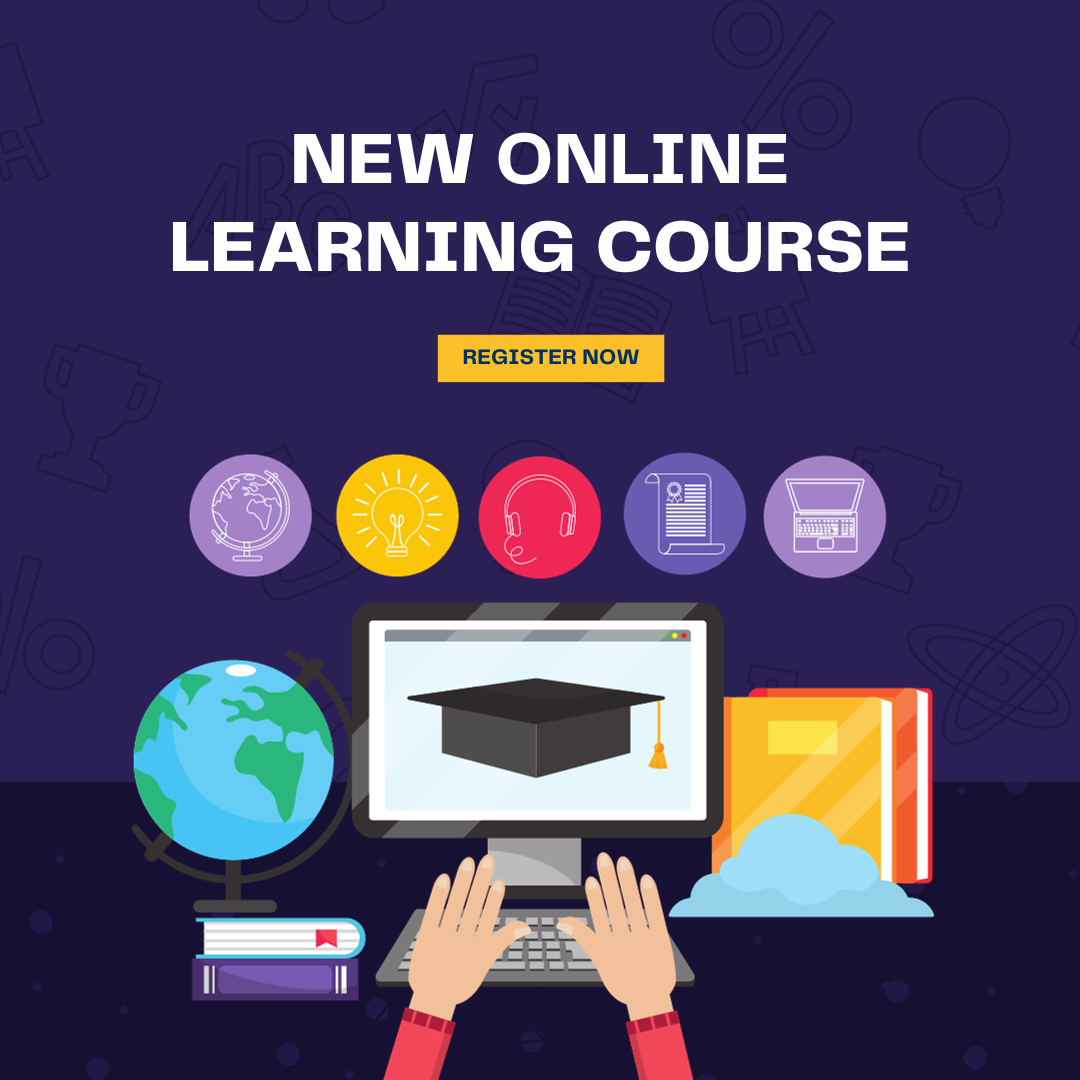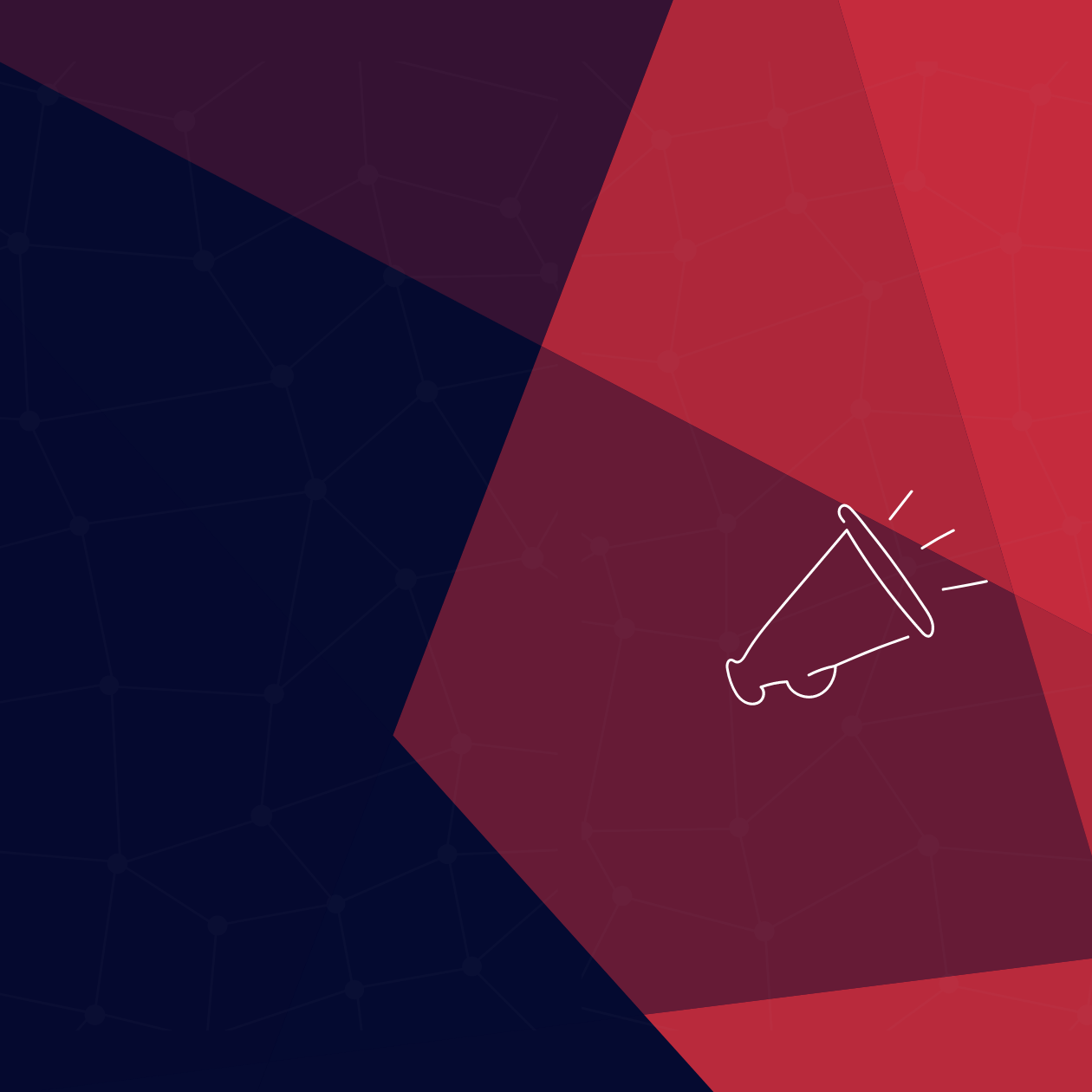Social Media in Disasters
Social media platforms have revolutionized disaster management by facilitating efficient communication, information sharing, and collaboration among stakeholders. These technologies enable authorities, disaster management professionals, and at-risk communities to collect information and communicate live-saving messages faster and more effectively. Despite their benefits, there are inherent risks – social media may inadvertently propagate rumors and misinformation, which that can be harmful when a disaster looms.
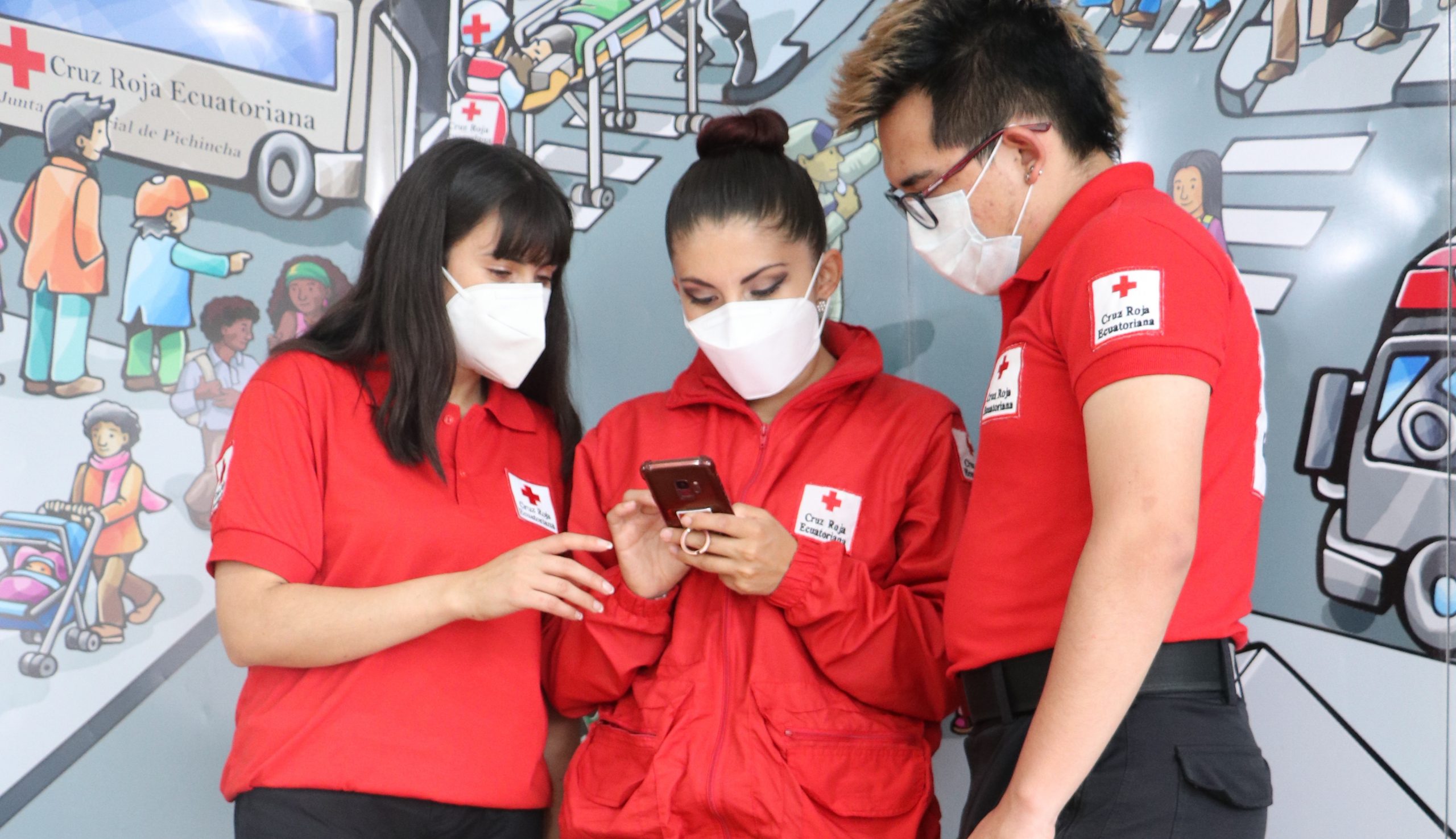
Social media platforms have become an integral part of many people's daily lives. As of January 2024, over 5 billion people worldwide use social media, representing about 62.3% of the global population, according to Datareportal. Users spend an average of 2.5 hours per day on social media. With their extensive reach and high levels of user engagement, social media platforms offer significant potential to enhance disaster preparedness, response, and risk reduction efforts.
Social media can be utilized by disaster management organizations in two broad ways: passive dissemination of information to the public and collection of user feedback, and systematic use as an active emergency management tool for communications, warnings, assistance requests, content monitoring, and situational awareness.
Real-time Communication and Information Dissemination
Social media plays a crucial role in preparedness and disaster response for different actors: local governments communicating with citizens; nonprofit organizations delivering awareness and education messages, and situational updates; communities sharing experiences of risk and hazards. Social media can be used across all phases of a disaster cycle: messages on how to cope and updating situational reports; communities sharing their experiences of risk and hazards.
The Use of Social Media in Risk and Crisis Communication report explains social media can enhance societal resilience in all stages of a disaster cycle:
- Pre-Crisis Phase: Monitor early warning signs, establish validation procedures, pre-messaging strategies, conduct risk awareness campaigns, build trust and credibility, and identify reliable sources.
- Crisis Phase: Provide accurate and timely information, address rumors or misinformation quickly, set clear communication priorities based on resources and needs of the affected population. As the Use of Social Media Data in Disaster Management survey states, "social media content, along with temporal information, including posting time and event time, can be used to facilitate disaster management... to detect precursor events or support decision-making during disasters”.
- Post-Crisis Phase: Following a crisis, organizations can use social media provide information about the recovery and reconstruction efforts, offer stress management resources, and share lessons learned and best practices for future preparedness.
Social Media for Behaviour Change (SM4BC) Toolkit
Unleash the Power of Social Media: Learn Strategies to Drive Positive Change in Disaster Risk Reduction Efforts within Your Community and Beyond.
Dissemination of Warnings and Emergency Alerts
Social media platforms offer a valuable channel for emergency services to disseminate early warnings and alerts, reaching a broader audience and enabling citizens to share critical information. Redundancy is a key principle of effective early warning systems, and utilizing multiple communication channels, including social media, is crucial to ensure that people at risk receive the messages and can take appropriate action. Social media increases the redundancy and likelihood that people will see and act on early alerts.
Best practices include keeping messages concise and actionable, providing links to detailed content, utilizing relevant hashtags, sending frequent updates, and integrating with national early warning systems for consistency and coordination.
Social Listening for Enhanced Situational Awareness
Social listening techniques involve scanning social media platforms for mentions of specific keywords or phrases related to disasters. These techniques allow authorities to understand what people are saying, feeling, and needing during a crisis. By analyzing these conversations, disaster management organizations can identify public sentiment, emerging needs, and areas requiring immediate attention.
However, research shows that the use of data and social listening can be a double edge sword. On the one hand, social media allow for near real-time aggregation of on-the-ground requests and impact data at pace and scale. On the other hand, this comes with inherent risks of having too much information at the same time and not enough filters in place, creating "noise" that can hinder the assessment of priorities.

Crowdsourcing Information for Disaster Management
Crowdsourcing through social media empowers communities to actively participate in disaster response efforts by providing firsthand accounts, sharing photographs, and reporting emerging hazards. This collective intelligence supplements official sources, offering a comprehensive picture of the crisis landscape and facilitating targeted responses. However, the influx of information can create "noise" that hinders the assessment of priorities and delivery of emergency assistance.
Public Awareness and Education
Social media platforms are essential for spreading educational content and increasing awareness about disaster preparedness and risk reduction. Research has shown that people are more likely to take action when they comprehend what to do, trust that it will work, and feel confident in their ability to do it.
The Public Awareness and Public Education for Disaster Risk Reduction guide can serve as a foundation for social media campaigns, offering evidence-based, concise, and actionable messages to enhance preparedness. Customizing messages to specific hazards and contexts can make them more accessible and relevant. Red Cross Red Crescent National Societies play an important role in the process of adaptation of hazard messages by acting as an facilitator of national dialog in this area.
E-learning Course on Early Warning Early Action
A self-paced online course designed to teach practitioners develop effective early action messages tailored to specific country contexts.
Challenges in Using Social Media for Disaster Management
Despite all the benefits, social media also presents significant challenges that must be addressed to harness their full potential effectively.
Spread of Mis- and Disinformation
Social media allows for rapid sharing of information, but it also facilitates the viral spread of rumors, misinformation, and fake news, which is one of the primary concerns. The proliferation of false information can breed panic and hinder effective crisis management.
Emergency management agencies must actively verify information, counter false narratives, and provide accurate updates through official channels. Collaborating with social media platforms, fact-checking organizations, and community leaders can help combat the spread of misinformation during crises. For individuals, emphasizing the importance of relying on credible sources, such as official government agencies, trusted media outlets, and subject matter experts, is crucial to mitigate the spread of rumors and falsehoods.
Information Overload and Noise
During a crisis, social media platforms become flooded with information from various sources. Critical messages may get lost in the noise, leading to confusion and delays in emergency response efforts. It becomes challenging to filter out reliable information amidst the chaos.
An overwhelming amount of data can exacerbate risks and increase hazards. Some studies on behavioral analysis suggest the need to break away from cognitive biases and vulnerabilities that can be exploited by algorithms and automated bots.
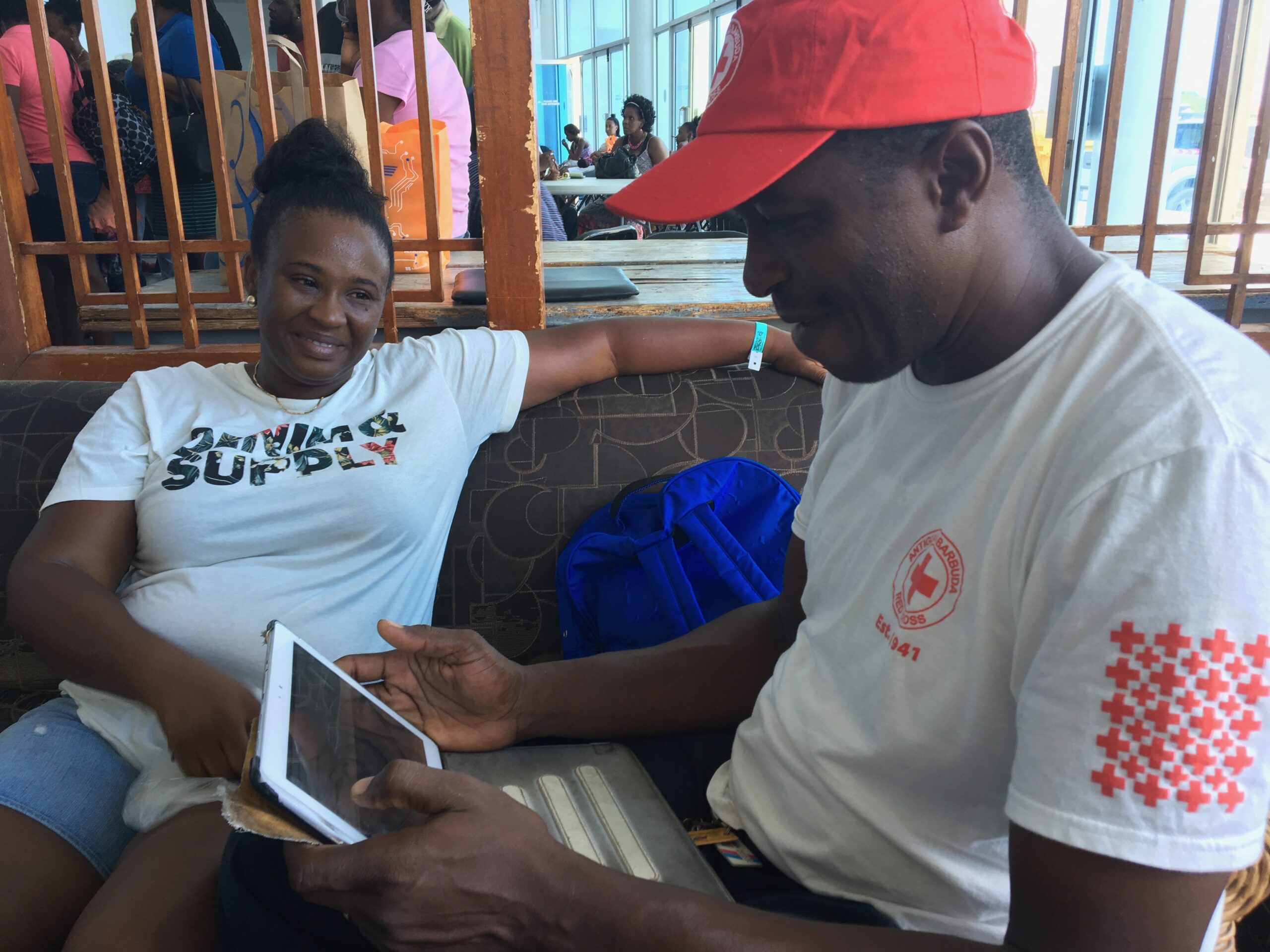
Conflicting Messages
During disasters, various community stakeholders, including government agencies, non-governmental organizations (NGOs), and individual citizens, may disseminate information through their respective communication channels. However, this multiplicity of sources can lead to conflicting messages.
Inconsistent information can sow confusion among the public, hindering their ability to make informed decisions and take appropriate actions. Furthermore, conflicting messages can undermine coordinated efforts by various actors, ultimately hampering the effectiveness of disaster management operations.
To mitigate this risk, it is crucial to harmonize messaging across platforms and organizations. Establishing a unified, authoritative source of information can help ensure that consistent, accurate, and up-to-date guidance reaches the affected communities.
Common Alerting Protocol (CAP)
CAP establishes a global standard for emergency alerts, ensuring uniform dissemination of crucial information during crises.
Persistent outreach and educational efforts by disaster management actors are necessary to keep families and communities aware of the types of information to seek and how to sort through it during emergencies. Responsible use of social media in disaster management involves acknowledging its limitations and potential pitfalls while leveraging its strengths. By addressing the challenges of misinformation, information overload, and cognitive biases, stakeholders can unlock the full potential of social media in disaster scenarios, leading to more efficient and coordinated crisis response efforts.

